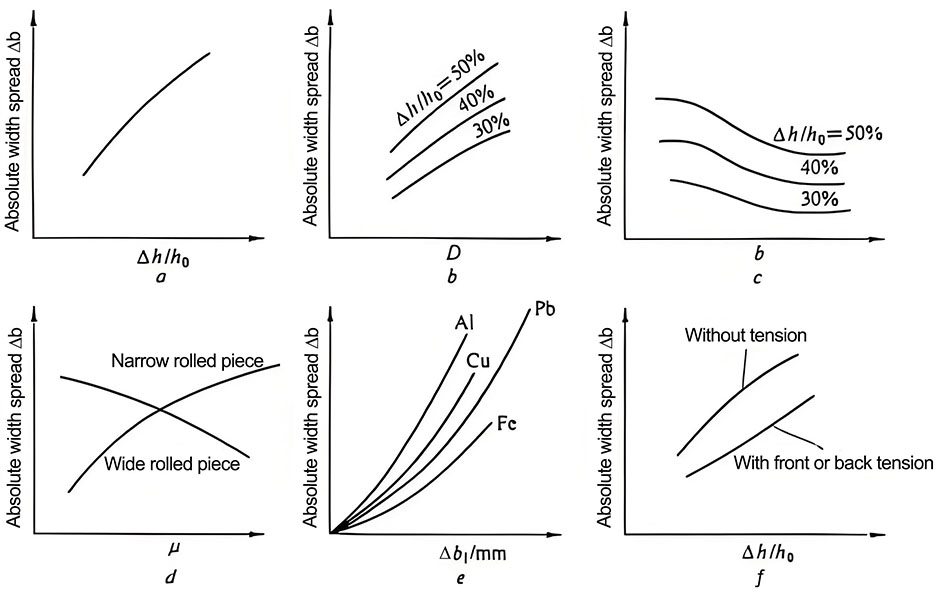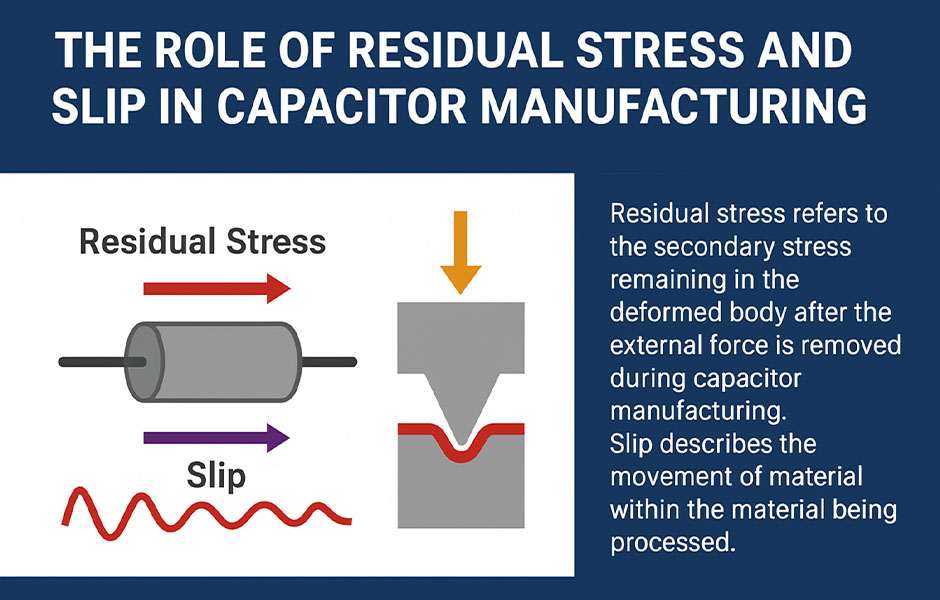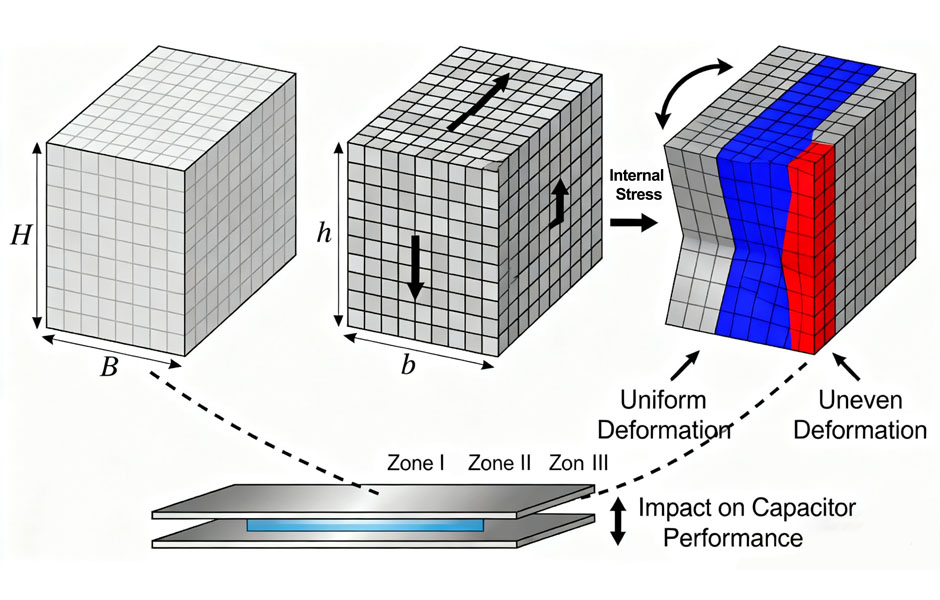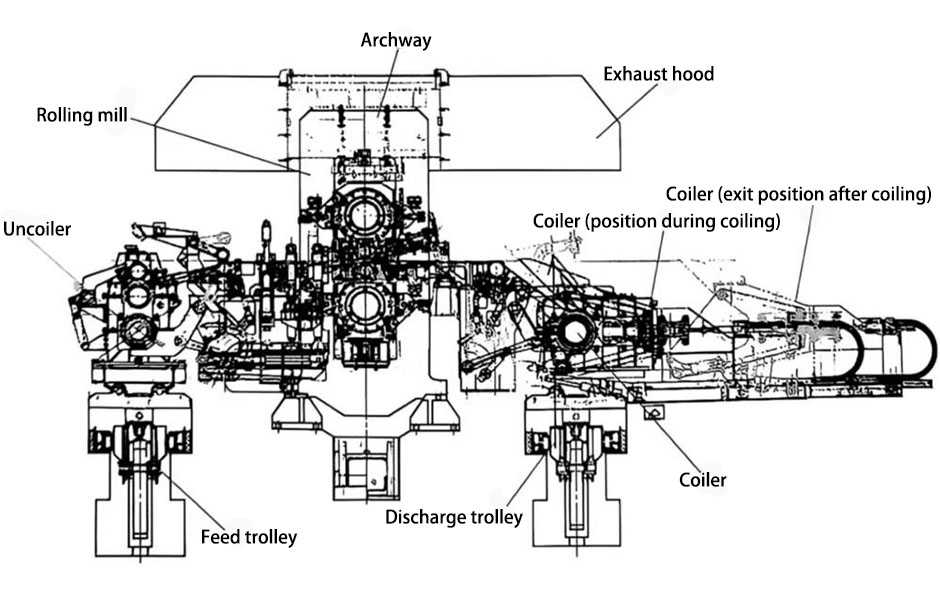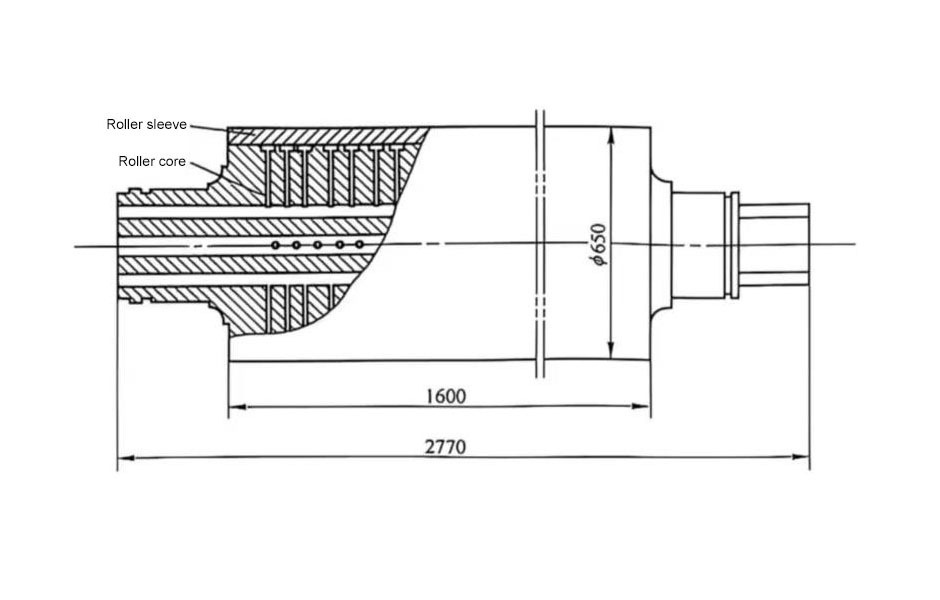Irreplaceability of electrolytic capacitor paper
With the development of science and technology, especially the development of integrated circuits (ICs) and very large scale integrated circuits (VLSI), the entire capacitor industry can continue to develop, and even there is no survival between people, however, since 1987 Global capacitor production is growing at a rate of more than 20% per year, making this suspicion unbreakable. Practice has proved that electrolytic capacitors have great vitality and irreplaceability. On the one hand, due to the emergence of IC, some small-capacity capacitors are integrated into the circuit; on the other hand, the development of ICs greatly increases the operating frequency of the circuit system, causing the electrolytic capacitors to be replaced by other capacitors in some circuits. However, the power supply part of the IC circuit is always inseparable from the electrolytic capacitor. In addition, the performance improvement of the electrolytic capacitor itself has also expanded to the application fields of other capacitors. It can be seen that the aluminum electrolytic capacitor is not impacted by other capacitors, and has the unique advantages of large unit volume capacity, large electrostatic capacity, high specific volume, easy miniaturization, self-healing characteristics, and low price. In addition, although there is certain competition in low-voltage and small-capacity, the way out is to speed up the research and development of related technologies, strengthen and continue to expand the existing advantages of electrolytic capacitors, and overcome its own shortcomings. Especially in recent years, electrolytic capacitors have made great breakthroughs in many aspects and achieved a qualitative leap. Not only has its market share not shrunk, but its application areas have continued to expand, showing rapid growth and ushered in many unprecedented development opportunities. As one of its three major raw materials, electrolytic capacitor paper has the irreplaceable advantages of mature products, low manufacturing cost, environmentally friendly degradation, good absorption, and high-temperature resistance. Electrolytic capacitor papers are also irreplaceable.

Development trend of low voltage electrolytic capacitor paper
1. Low loss For electrolytic capacitors, the value of the loss depends on the inherent dielectric loss of the electrode foil and the equivalent series resistance of the electrolyte. When the inherent dielectric loss of the electrode foil is constant, the main measure to reduce the loss is to increase the absorbency of the electrolytic capacitor paper. In order to improve the absorption of low-pressure electrolytic paper, fibers with low loss values such as S, M, C, B, and E are used as raw materials for low-pressure electrolytic paper in most manufacturers, and the density of paper is reduced under the premise of ensuring tensile strength. At present, the density of NKK’s MER0.5, MR5D0.5 and other products has reached 0.35g/cm3. In terms of production process, the S2 series of KAN Company of China adopted the fiber lateral alignment technology for the first time, and increased the lateral absorbability of the paper by increasing the longitudinal capillary absorption of the fiber. In terms of product structure, most manufacturers use double-layer composite or even multi-layer composite structure to reduce the loss value of low-pressure electrolytic paper. For example, the MR5D series of NKK Corporation of Japan, the S2, SM2 and WB2 series of KAN Company of China adopt double-layer composite structure. China’s KAN company’s SMS series also uses a three-layer composite structure. 2. High-purity leakage current is a performance shortcoming of electrolytic capacitors. Low-voltage electrolytic capacitors require high precision, so there are special requirements for leakage current. For example, coupling capacitors in high-gain preamplifier stages require no leakage current. In order to ensure the quality of high-fidelity stereo equipment, reducing leakage current has become an important issue to meet this requirement. The purity of electrolytic paper, which is the raw material of electrolytic capacitors, is a key factor affecting leakage current. At present, the purity project indicators of IEC and national standards are not the same, but they are far lower than the actual level of electrolytic capacitor paper. For example, iron microparticles, Japanese national standards stipulate 0.1 ~ 1mm2 ≤ 5 / 1800cm2, and now NKK Japan and China’s KAN company are stipulated that > 0.1mm2 is not allowed, 0.08 ~ 0.1mm2 ≤ 5 / 1800cm2. Another example: water-soluble chloride content, IEC and other standards stipulated ≤ 5mg / kg, while Japan NKK and China’s KAN standards are stipulated ≤ 2mg / kg, the actual control level is still far higher than the index requirements. The purity indicators will be further improved in the future. 3. High-strength and thinning With the increasing automation of electrolytic capacitor production, the winding speed of capacitors is constantly increasing, and the strength requirements for electrolytic paper are getting higher and higher, especially low-voltage electrolytic capacitor paper. Because it has to meet the requirements of low loss and miniaturization of electrolytic capacitors, it is required to have good absorption (lower density) in terms of paper performance; on the other hand, in order to meet the requirements of miniaturization of capacitors, the more electrolytic paper will be The thinner the thickness, but the density is too low or the thickness is too thin, it will affect the strength of the electrolytic paper. Therefore, under the premise of satisfying the low loss and miniaturization of the capacitor, increasing the strength of the low-voltage electrolytic capacitor paper will be a direction for the development of low-voltage electrolytic capacitor paper in the future.
